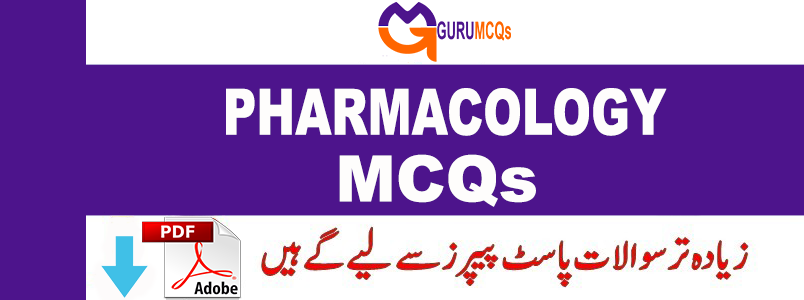
Pharmacology explores the interactions between drugs and biological systems, as well as the body’s responses to these drugs. This discipline covers a wide range of topics, including the origins, chemical properties, biological effects, and therapeutic uses of drugs. The impact of drugs can range from therapeutic benefits to potential toxicity, and is influenced by various factors. GuruMCQs.com provides an extensive array of pharmacology MCQs, continuously updated to encompass a wide range of topics. These MCQs span various areas such as neuropharmacology, psychopharmacology, toxicology, clinical pharmacology, molecular and cellular pharmacology, and more. Curated from reputable pharmacology references, these MCQs serve as valuable resources for interviews, entrance exams, competitive assessments, and certifications, catering to individuals at all stages of their careers. Additionally, explore MCQson Dental Materials for further study.
31. Chloroxylenol has_______________?
A. Local anesthetic property
B. Local anesthetic and antiseptic action
C. Antiseptic action
D. Antibiotic action
32. Dissociative Sedation and analgesia described by Robert and Rosebaum in 1971 is____________?
A. 5 to 20% N20
B. 20 to 30% N20
C. 30 to 50% N20
D. 50 to 70% N20
33. Which of the following cannot be used as a surface local anaesthetics ?
A. Procaine
B. Tetracaine
C. Lidocaine
D. Benzocaine
34. About articaine, all are true except_____________?
A. Plasma half-life is 90 min
B. Is amide which is metabolized in liver
C. Mandibular infiltration is more effective than nerve block in mandibular molar teeth
D. More breaks down causes more toxicity
35. Nitrous oxide is______________?
A. A good analgesic but a poor anesthetic
B. A good anesthetic but a poor analgesic
C. A good analgesic and a good anesthetic
D. A poor analgesic and a poor anesthetic
36. Which among the following is Not used for surface anesthesia ?
A. Lignocaine
B. Procaine
C. Tetracaine
D. Benzocaine
37. All of the following causes increase in heart rate except________________?
A. Halothane
B. Isoflurane
C. Sevoflurane
D. Desflurane
38. Which one of the following agents sensitises the myocardium to catechlomines____________?
A. Isoflurane
B. Ether
C. Halothane
D. Proplofol
39. Side of action of muscle selanant is______________?
A. Myoneural junction
B. Central
C. Ascending reticular
D. Red nucleus activating system
40. In the second stage of anesthesia the pupil is_______________?
A. Constricted
B. Partially dilated
C. Normal in size
D. Totally dilated
